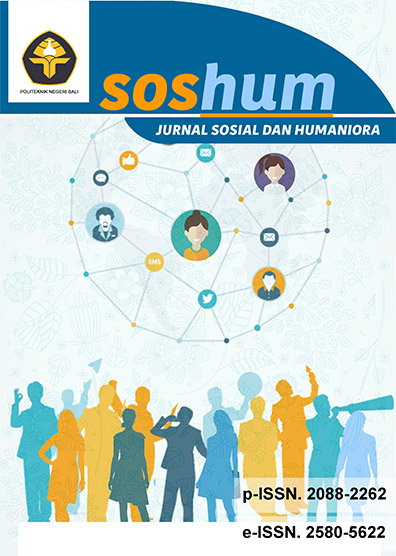The Students Perception Regarding E-Learning in Pandemic Covid-19
A Case Study at Maria Bintang Laut Junior High School
Abstract
The spreading of COVID-19 has forced many schools in the world to implement e-learning learning. The application of e-learning learning policies reaps the pros and cons of an Indonesian citizen. Junior high school students have their own opinions regarding the implementation of e-learning. Framed within a descriptive quantitative analysis, this study aimed at exploring the perceptions and expectations of junior high school students regarding the implementation of e-learning. A survey was conducted by distributing a questionnaire to Stella Maris junior high school students in East Nusa Tenggara province. One hundred forty-two students from grade seven and eight participated in the study. The survey data were analyzed using Microsoft Excel 2016 and the Statistical Program for Social Sciences (SPSS) v.20. Before data analysis was carried out, the research instruments were examined using the Product Moment Pearson correlation to assess its validity and reliability. The test results indicated that the instrument used was sufficiently valid and reliable, with each indicator having a count-r > r-table (0.514). The results showed that a high percentage of students have willing to learn online. However, the availability of online learning instruments is a barrier to implementing online learning in their school. Students’ perception was analyzed by using descriptive statistics, namely percentage. Students’ responses were analyzed using the content analysis technique.




.png)



